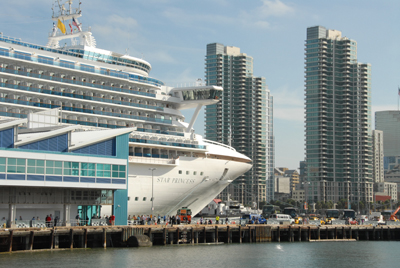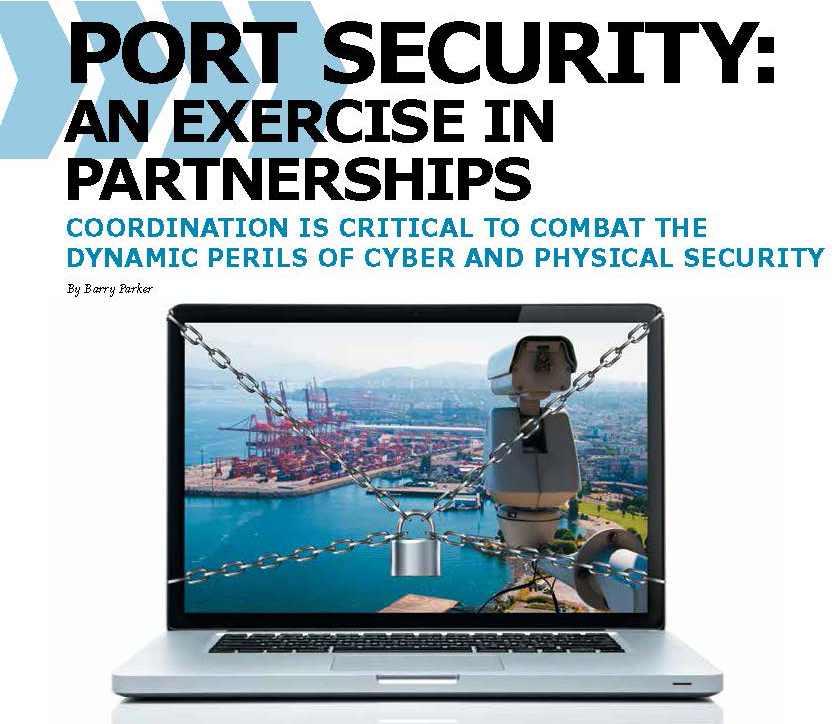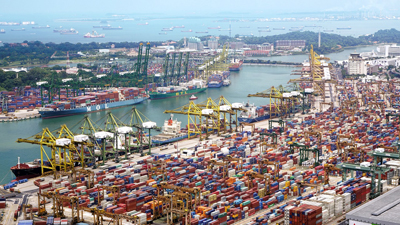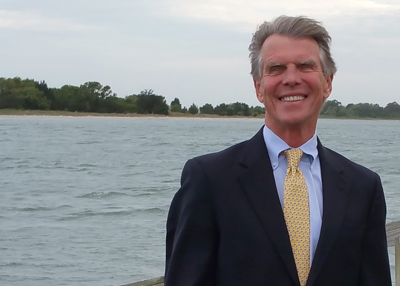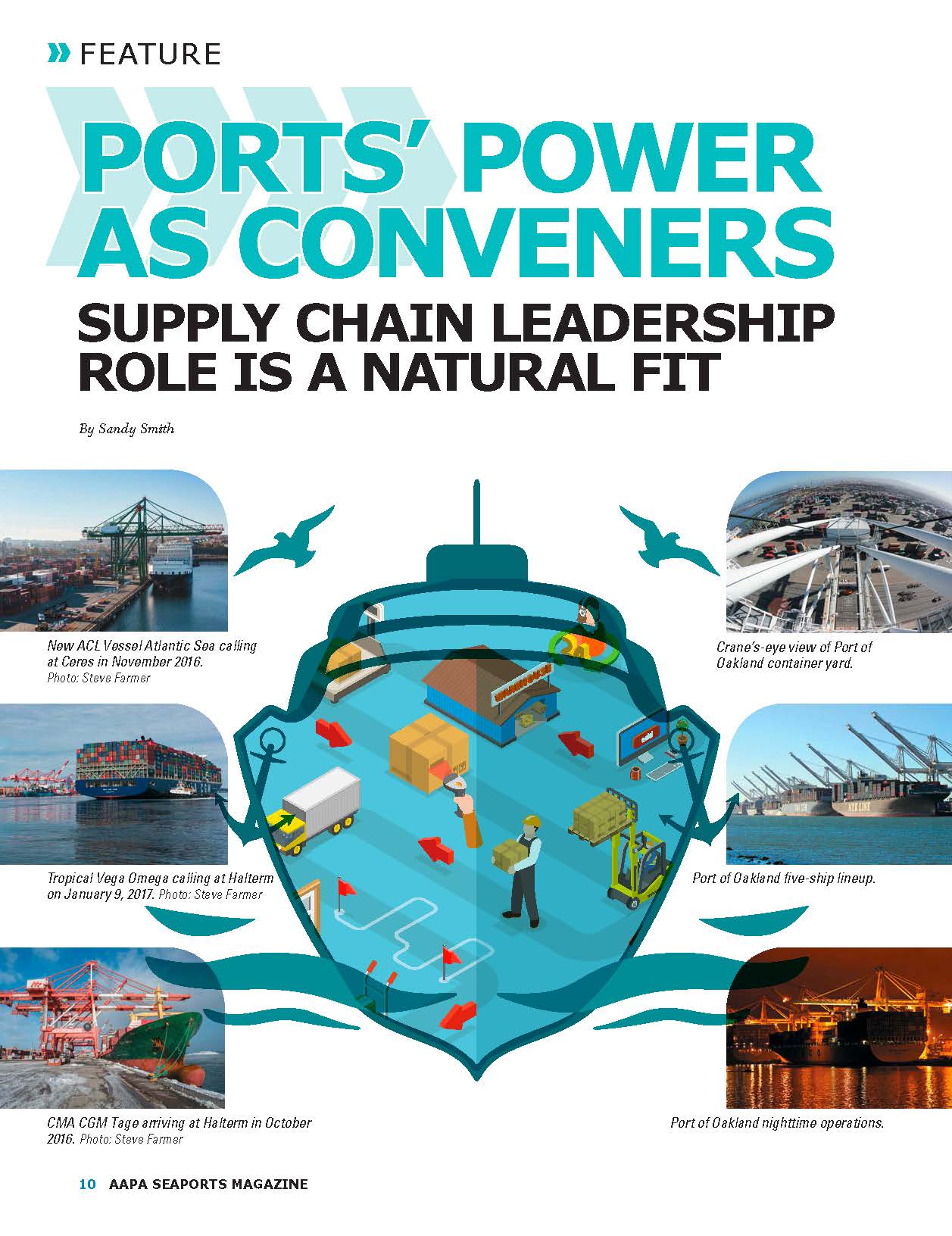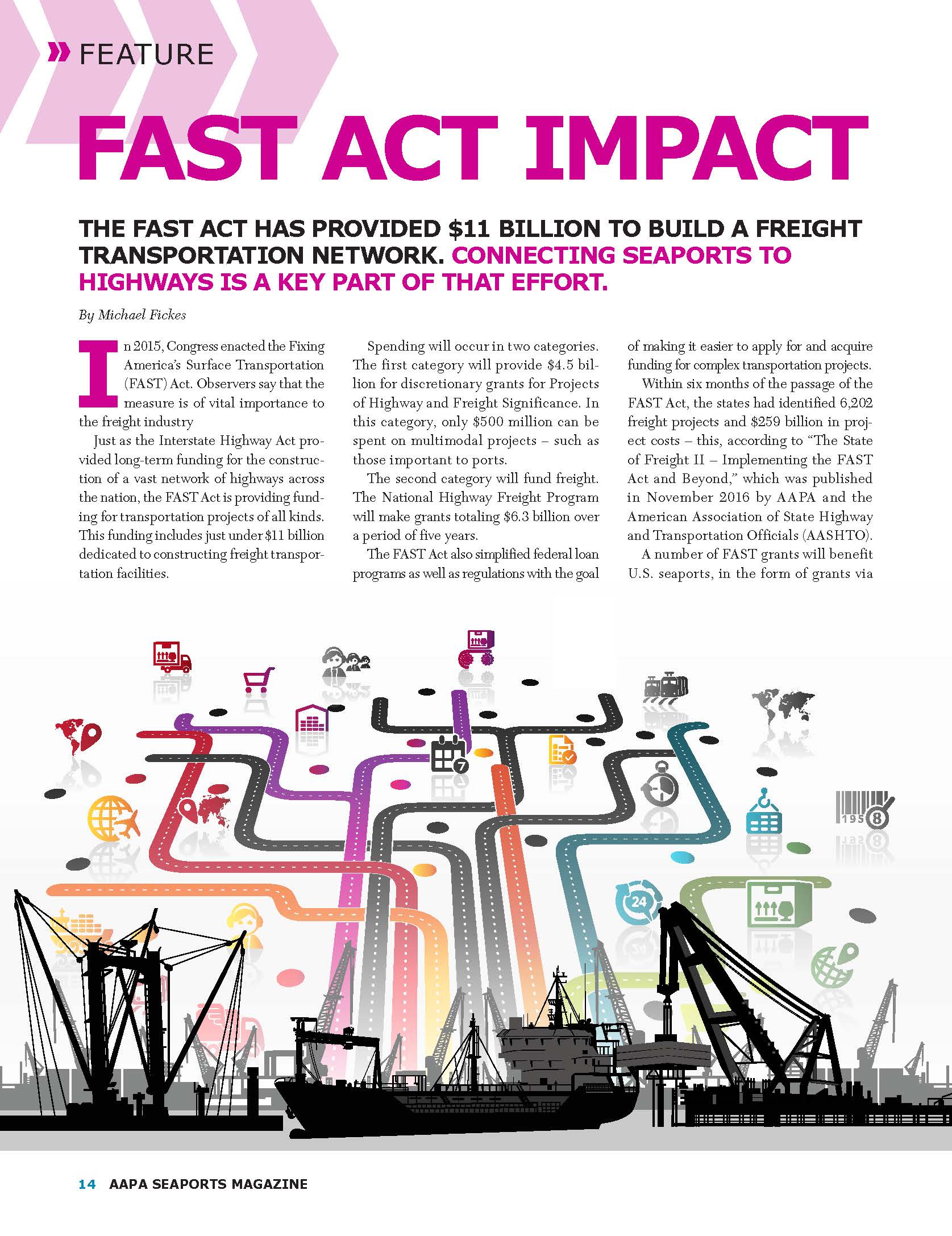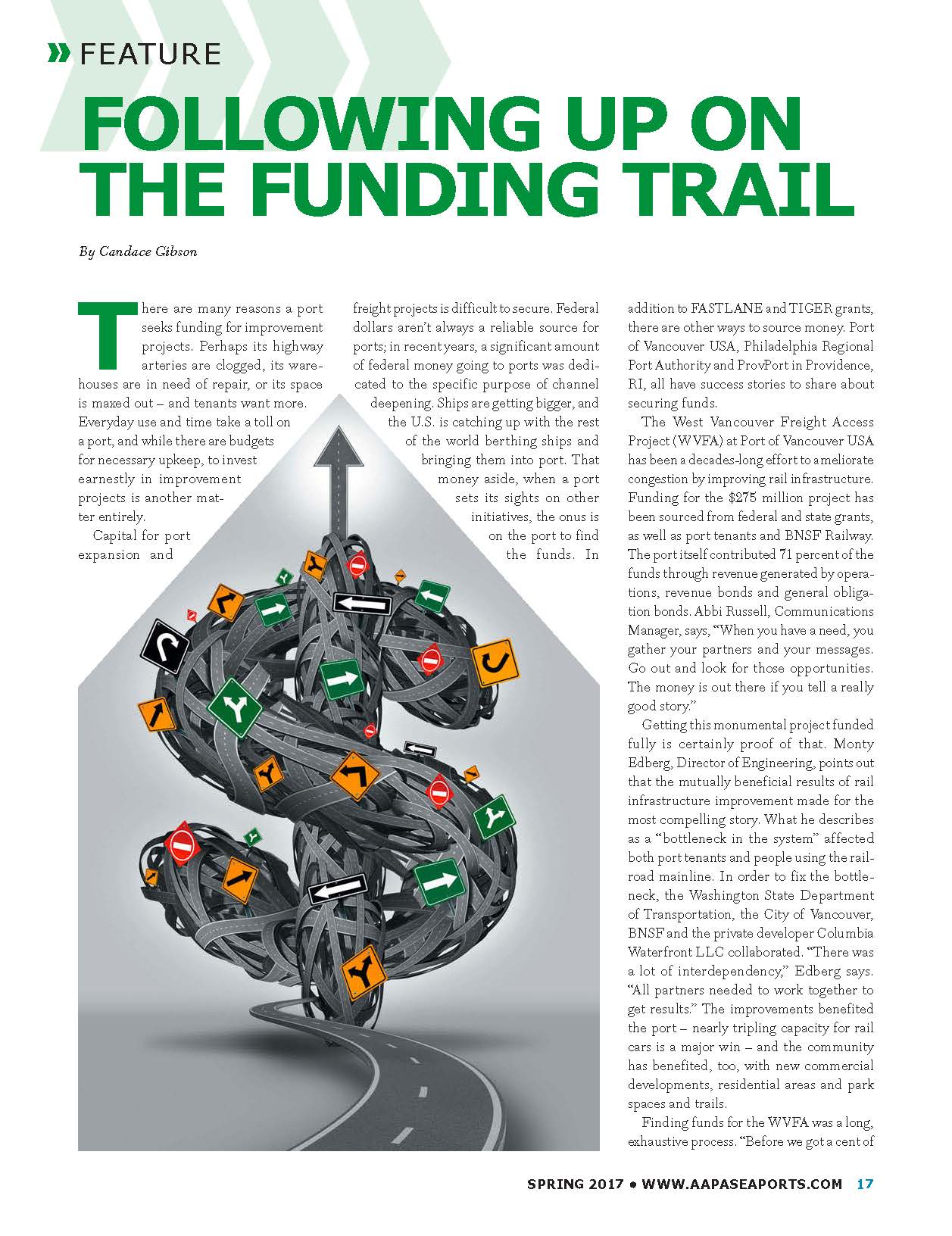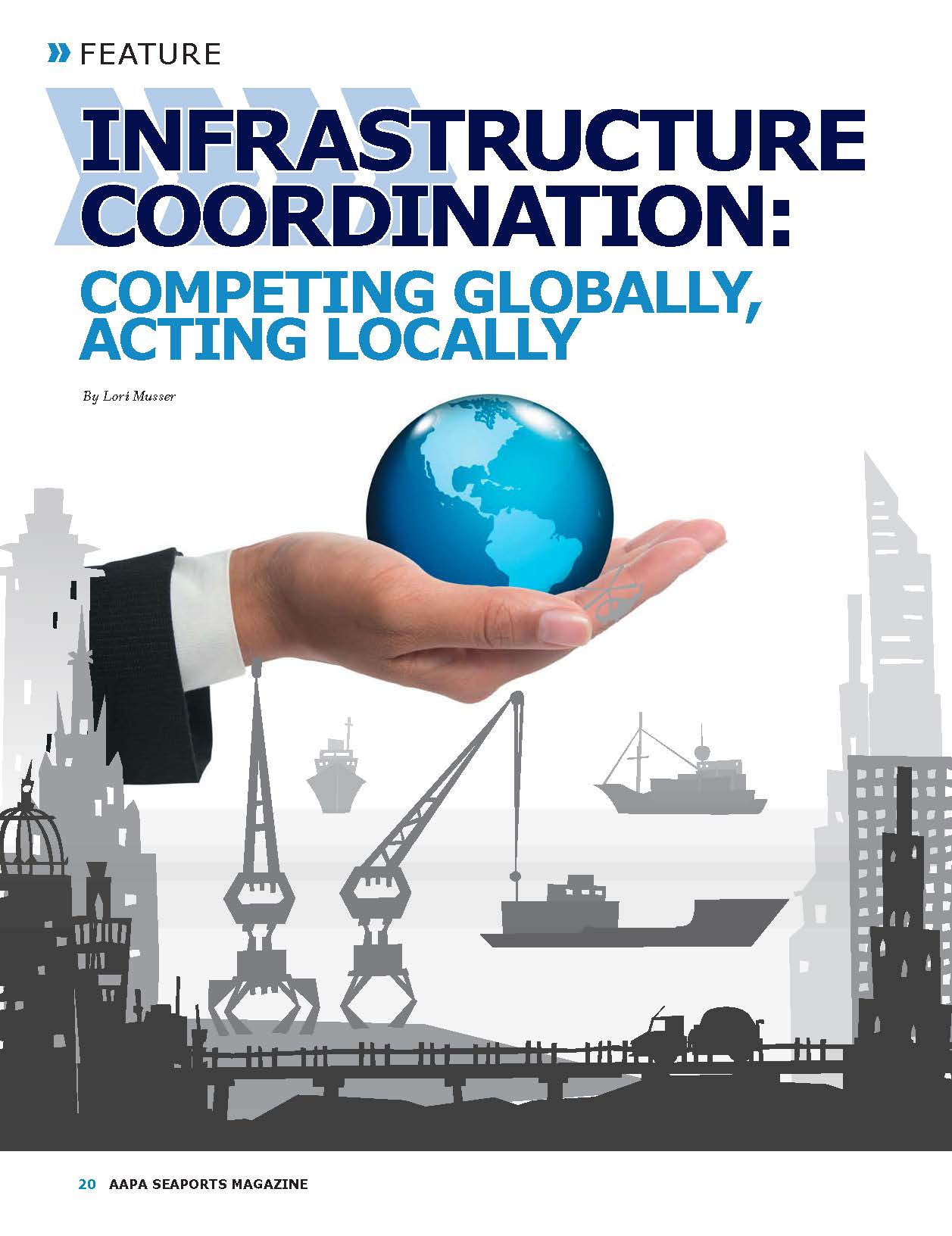Maintaining coastal property for maritime activities is critical to ports’ success and requires ports to find allies and partners in other levels of government, the community and the private sector to succeed. By Candace Gibson It’s a delicate balance to maintain a working waterfront and nurture relationships with parties who want a piece of valuable maritime real estate. Ports are ...
Read More »Key Topics
The Next Generation of Leaders — Succession Planning Provides Security, Guidance for Future
Mentoring and teaching the next generation of leaders should be a simple progression if you’ve started the process early and have a plan in place. That is where succession planning comes in. By Sandy Smith A decade or so ago, Gary LaGrange was sitting in a long-term strategic planning session, looking around the room of senior managers and assistant senior ...
Read More »Port Security — An Exercise in Partnerships
Coordination among port police and technology personnel is critical for physical and cybersecurity, and partnerships between ports, terminal operators and others are necessary for successful security. By Barry Parker Security continues to be an important concern throughout the maritime world, with the challenges steadily broadening throughout all touchpoints for industrial supply chains or passenger movements through ports. The security scope ...
Read More »PORTS & POLITICS: Lessons From the Past: A Renewed Commentary on Port Security
Security measures are much different than 20 years ago, and as we experience and deal with new threats, we must take the lessons learned and build on that framework. By Albio Sires (NJ-08) Safety at our country’s ports is not only essential to our economy but critical to our national security. Each day ships arrive at our shores carrying cargo ...
Read More »GUEST ARTICLE: Cyber Security: What Port Authorities Need to Know
Effective cyber-risk governance does not require a degree in computer science. However, an understanding of the dynamics of cyber-vulnerability can assist directors in setting protection priorities and overseeing contingency and remediation plans. By Art Linton The frequency and severity of maritime cyber-attacks increases every year. Often, damage is ongoing and not discovered for years. A cyber-attack on the port of ...
Read More »GUEST ARTICLE: Tomorrow’s Leaders Need More Than On-the-Job Training
The port industry understands it can’t continue to depend on on-the-job training alone to prepare the next generation of leaders for the significant responsibilities they will assume. By Erik Stromberg, Lamar University Generations of port industry leaders have bemoaned the fact that the only way to learn how to manage a port was to manage a port. However, on-the-job training ...
Read More »Ports’ Power as Conveners
By Sandy Smith PORTS’ POWER AS CONVENERS: SUPPLY CHAIN LEADERSHIP ROLE IS A NATURAL FIT The world of shipping is undergoing a sea change with consolidation, larger ships and economic pressures. And that’s just the water side. On land, the same financial pressures await. So what role can a port play in solving these broader supply chain issues? A lot. Take ...
Read More »FAST Act Impact
By Michael Fickes FAST ACT IMPACT The FAST Act has provided $11 billion to build a freight transportation network. Connecting seaports to highways is a key part of that effort. In 2015, Congress enacted the Fixing America’s Surface Transportation (FAST) Act. Observers say that the measure is of vital importance to the freight industry. Just as the Interstate Highway Act ...
Read More »Following Up on the Funding Trail
By Candace Gibson FOLLOWING UP ON THE FUNDING TRAIL There are many reasons a port seeks funding for improvement projects. Perhaps its highway arteries are clogged, its warehouses are in need of repair, or its space is maxed out – and tenants want more. Everyday use and time take a toll on a port, and while there are budgets for ...
Read More »Infrastructure Coordination: Competing Globally, Acting Locally
By Lori Musser INFRASTRUCTURE COORDINATION: COMPETING GLOBALLY, ACTING LOCALLY It is a tall order. Nations rely on seaports to improve national competitiveness, respond to rapid shifts in global trade and transportation, and generate economic growth. The fact that almost every operational, infrastructure and communication element at every port and inland link in the U.S. is owned by the private sector ...
Read More » AAPA Seaports
AAPA Seaports
